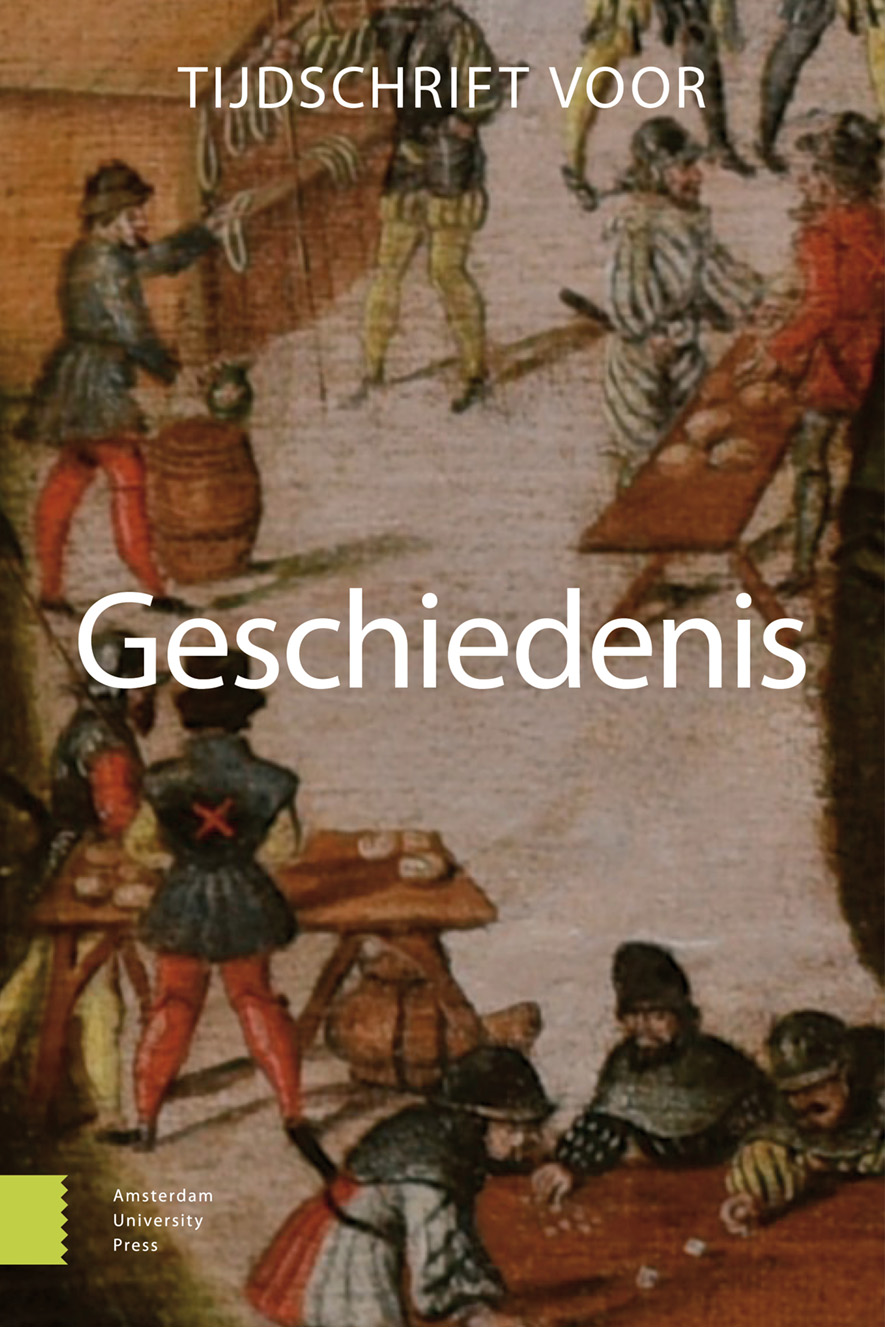- Home
- A-Z Publications
- Tijdschrift voor Geschiedenis
- Previous Issues
- Volume 128, Issue 1, 2015
Tijdschrift voor Geschiedenis - Volume 128, Issue 1, 2015
Volume 128, Issue 1, 2015
-
-
‘Toen ’t volk als uit één’ mond, lang leve Oranje! riep’
More LessBy Lotte JensenAbstract‘When the people unanimously shouted long live Orange!’ Orangism in the year of the Peace of Aachen, 1748This article investigates the way popular Orangism took shape around 1748 in the Dutch Republic. It concentrates on three anthologies commemorating the Peace Treaty of Münster (1648) and celebrating the signing of the Peace Treaty of Aachen. In these volumes, filled with occasional poetry, the recently a Read More
-
-
-
Experts, experimenten en veepestbestrijding in de Oostenrijkse Nederlanden, 1769-1785
More LessAbstract Experts, experiments, and the fight against rinderpest in the Austrian Netherlands, 1769-1785 When rinderpest broke out in the Austrian Netherlands in 1769, a policy of eradication was instituted in which koeimeesters – local lay veterinary healers – played a pivotal role. They continued to be relied upon despite criticism by academic doctors and the failure of experiments in which cures were attempted. This is Read More
-
-
-
Stadsgroen onder spanning
More LessAuthors: Andreas Stynen & Bart TritsmansAbstract Urban nature under tension. Dissension over a new policy domain in nineteenth-century Antwerp Research on urban green space is usually limited to those types of greenery with an official character. Unofficial green spaces, such as fallows between buildings or near ramparts, are harder to study, as are the varied uses of (un)official green spaces. This article analyses the multi-layered negotiations among politicians Read More
-
-
-
De April-Meistakingen van 1943
More LessAuthors: Antoon Vrints & Dirk LuytenAbstract The April-May strikes of 1943: importance and significance reconsidered The reimprisonment of all Dutch prisoners of war by the German occupier in the spring of 1943 provoked a considerable number of protest strikes throughout the country, which afterwards became known as the April-May Strikes. In contrast with other strikes under German occupation, these have been largely neglected in Dutch war historiograph Read More
-
-
-
Historisch geweld in real-time
More LessAbstract Historical violence in real time. The representation of World War II in first person shooter games In the past decade, historical games, and first person shooters about World War II in particular, have ranked among the best-selling titles worldwide. Part of their success is their ability to recreate a historical atmosphere, allowing players to experience historical battles in real time. However, many questions can be asked a Read More
-
-
-
De Nederlandse koloniale herinnering en de universele mensenrechten
More LessBy Chris LorenzAbstract Dutch colonial memory and universal human rights. The case of ‘Rawagede’ This article asks what relationship exists between the Dutch ‘coping with the colonial past’ (‘omgang met het koloniale verleden’) and the German Vergangenheitsbewältigung – which is focussed on the Holocaust. It asks especially what role human rights play in both the German and Dutch cases, connecting recent theories of German Ve Read More
-
Volumes & issues
Most Read This Month
Article
content/journals/00407518
Journal
10
5
false
en


